
A great way to begin is by creating a page that captures a feeling or color palette. Use soft pencil marks, black pen lines, or even ink textures to reflect a specific vibe.
Try pairing:
Abstract shapes with handwritten words
Doodle clusters with a few calming quotes
Layered lines and gentle gradients
Mood pages are especially useful when you’re unsure what to draw—they set the tone for your sketchbook without pressure.
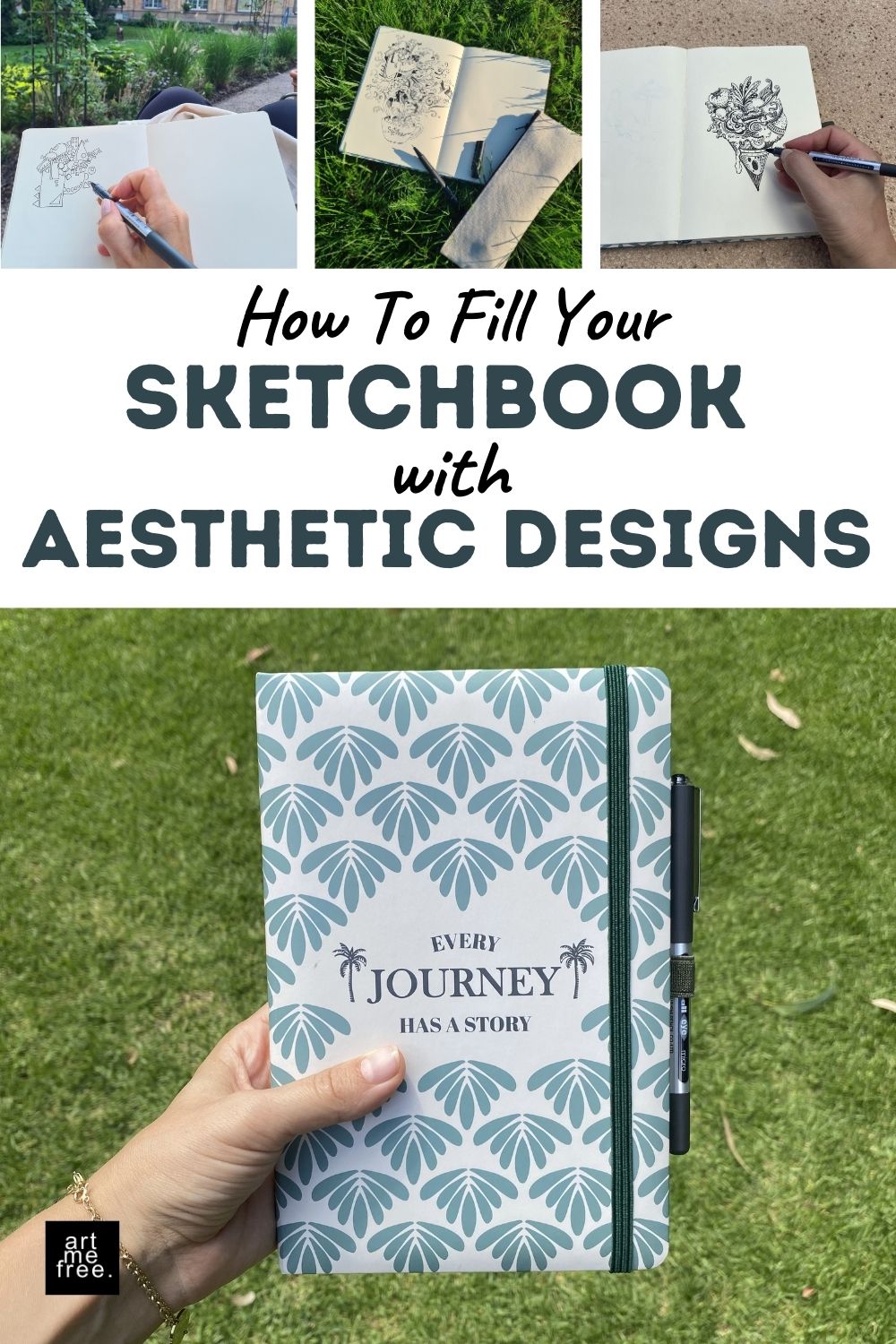
Repeating simple doodles across a page is both calming and visually appealing. Patterns like tiny circles, leaves, or flowing lines fill space effortlessly.
→ Check out the post on simple and flowy doodle patterns for easy ideas to start with.
You can let the patterns cover an entire page or use them as backgrounds for other sketches. It’s a simple way to add rhythm and flow to your journal.
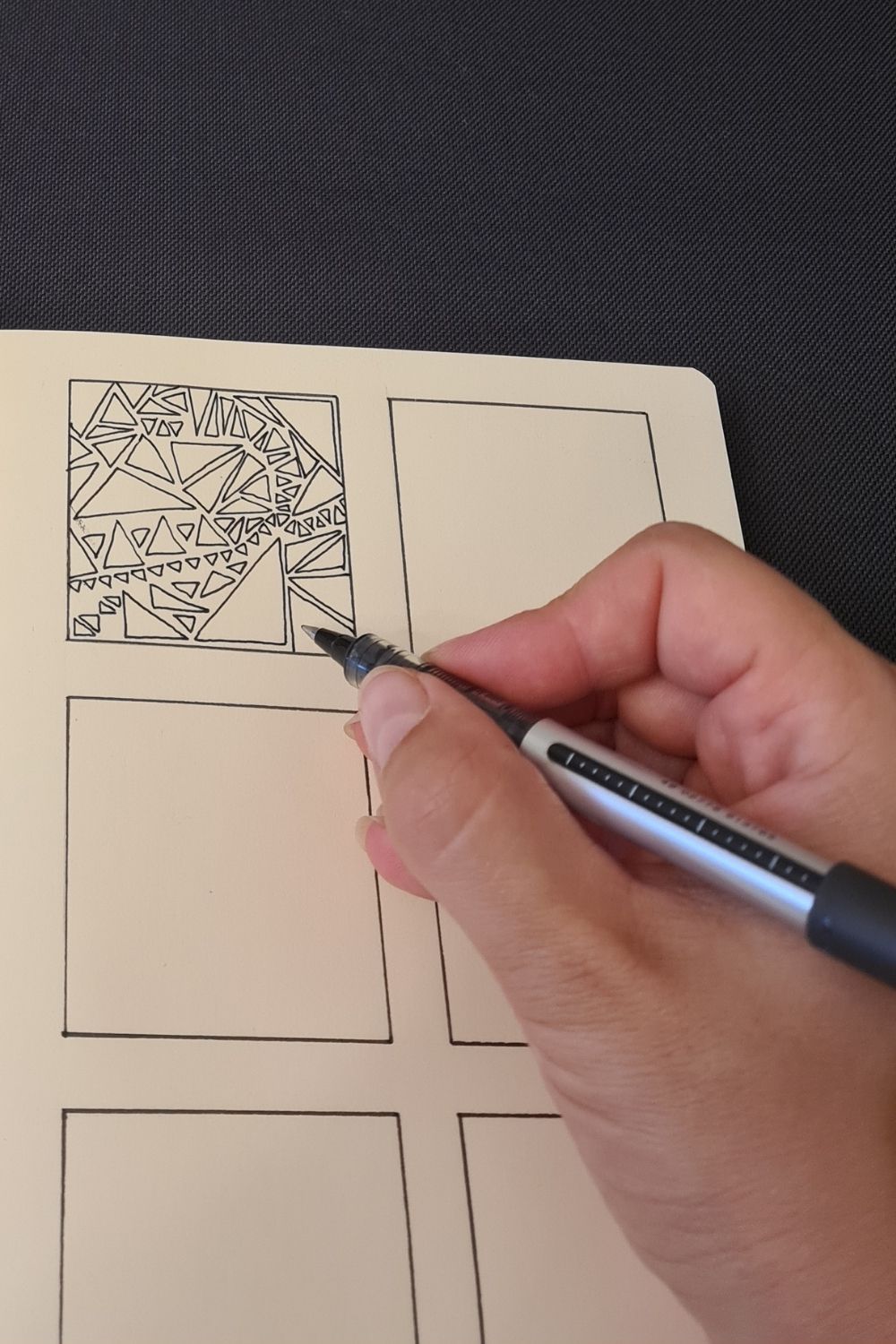
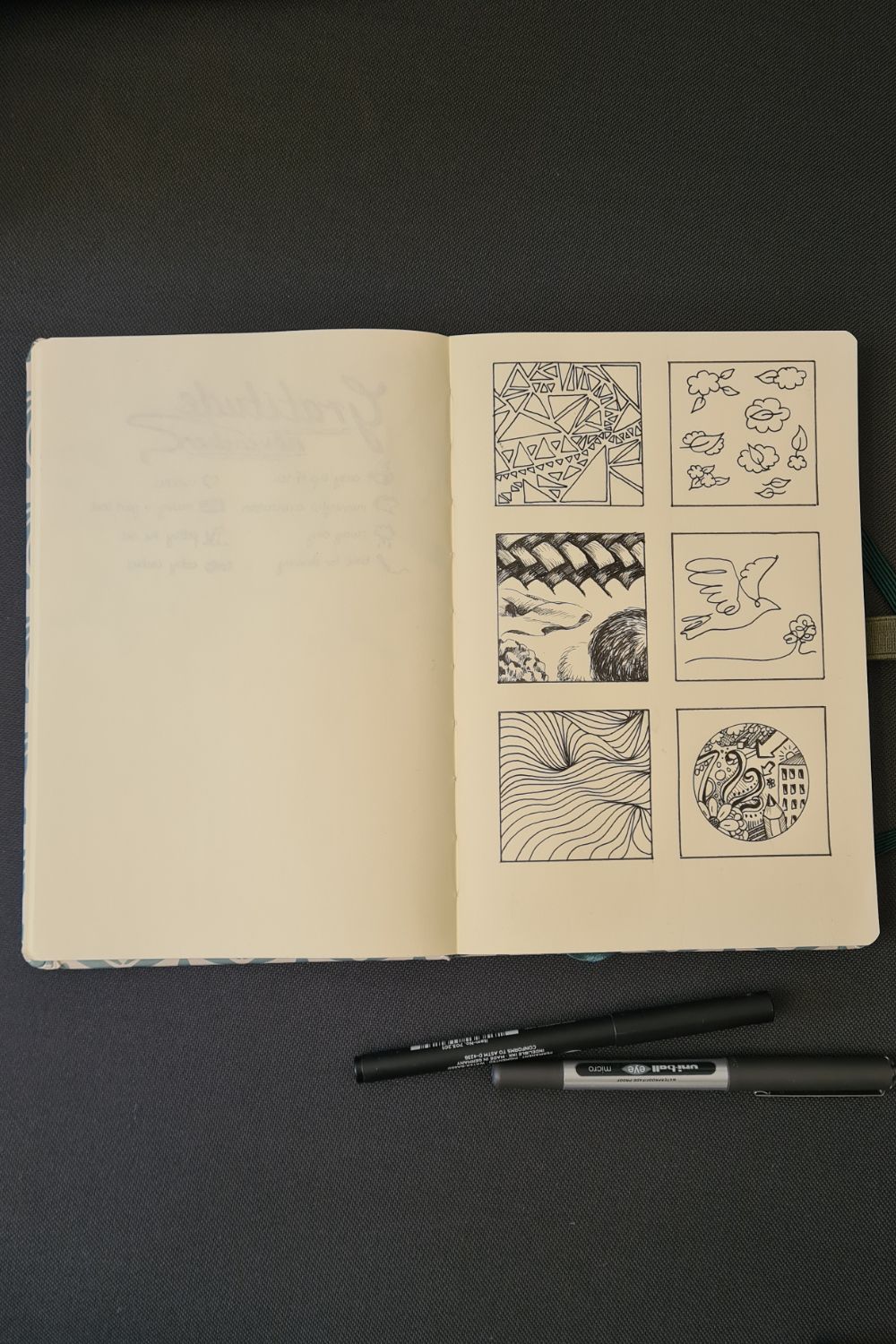
Doodling is a fun and relaxing way to explore creativity, and now you can start your journey with my free workbook!
The Art of Doodling is a printable workbook designed to help you discover and improve your art skills, no experience needed. At artmefree, it’s all about embracing creativity in a simple, enjoyable way, whether you’re just starting out or looking for fresh inspiration.
16 pages packed with fun doodling exercises ✨
Helps improve and level up your drawing skills ✏️
Features pattern ideas and step-by-step guides 🗒️
Includes examples alongside open space to explore 🎨
Download it now and start doodling!
Organizing a page into boxes or sections helps balance the layout. Use each area for a different theme, texture, or experiment.
Ideas for sections:
One mini drawing per mood
A pattern per box
Visual diary entries in sketch form
Grids give your page a natural structure, which helps it feel finished even with small drawings.
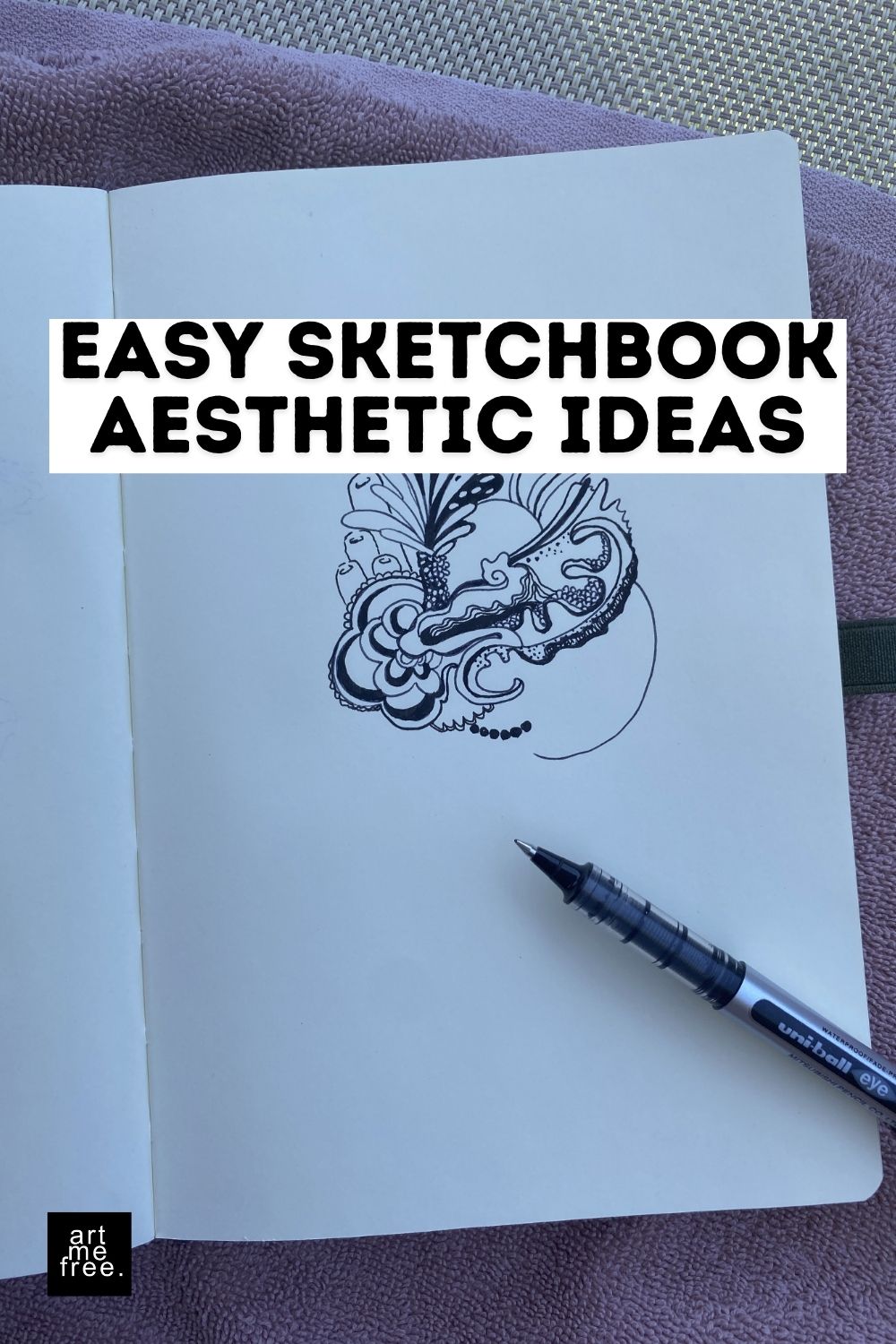
Your sketchbook can be both beautiful and personal. Try sketching:
Objects around your home
Things you saw on a walk
Your favorite snack or coffee mug
When drawn with care, even the simplest objects can add charm. Combine these elements with patterns or notes to make the page both aesthetic and meaningful.
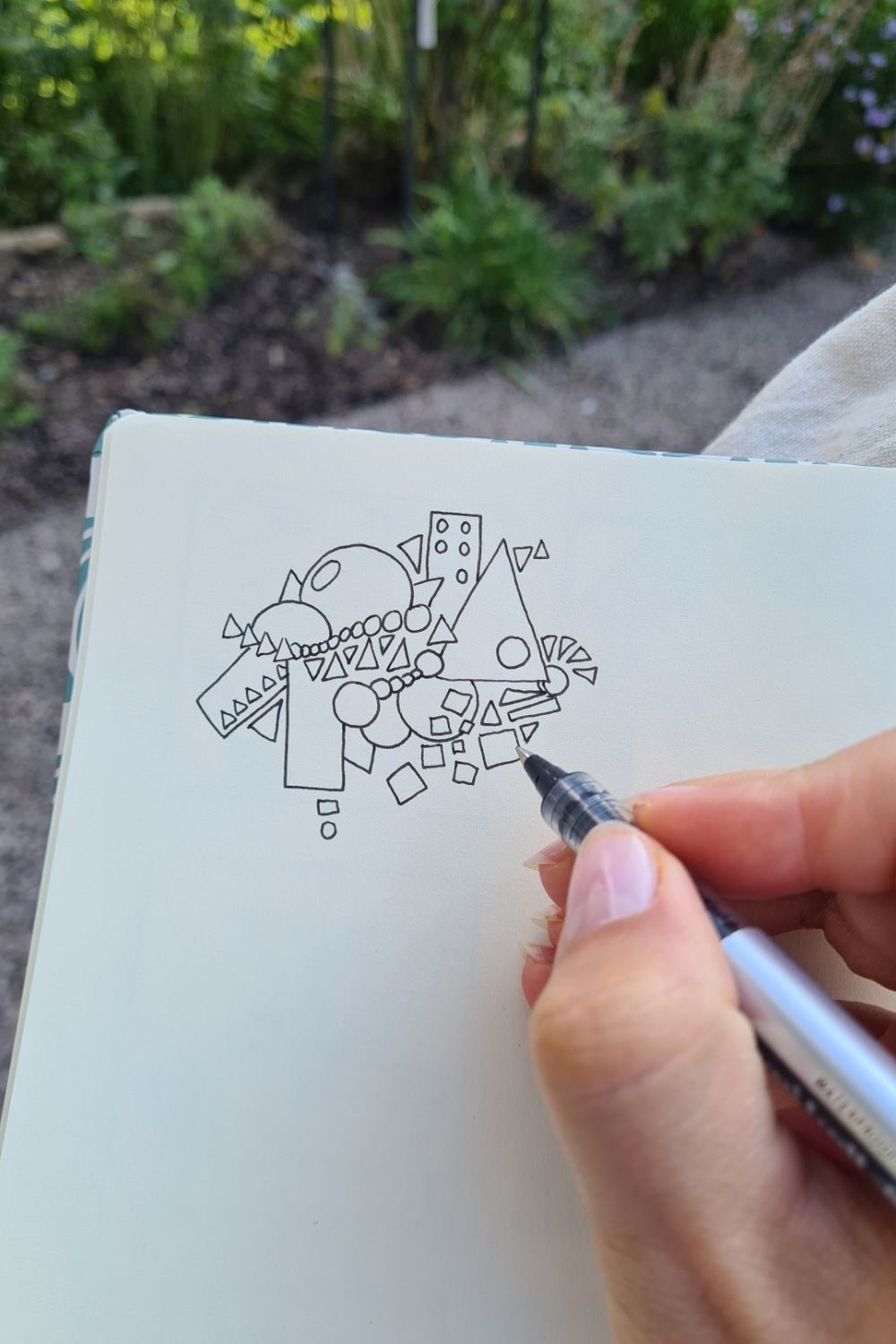
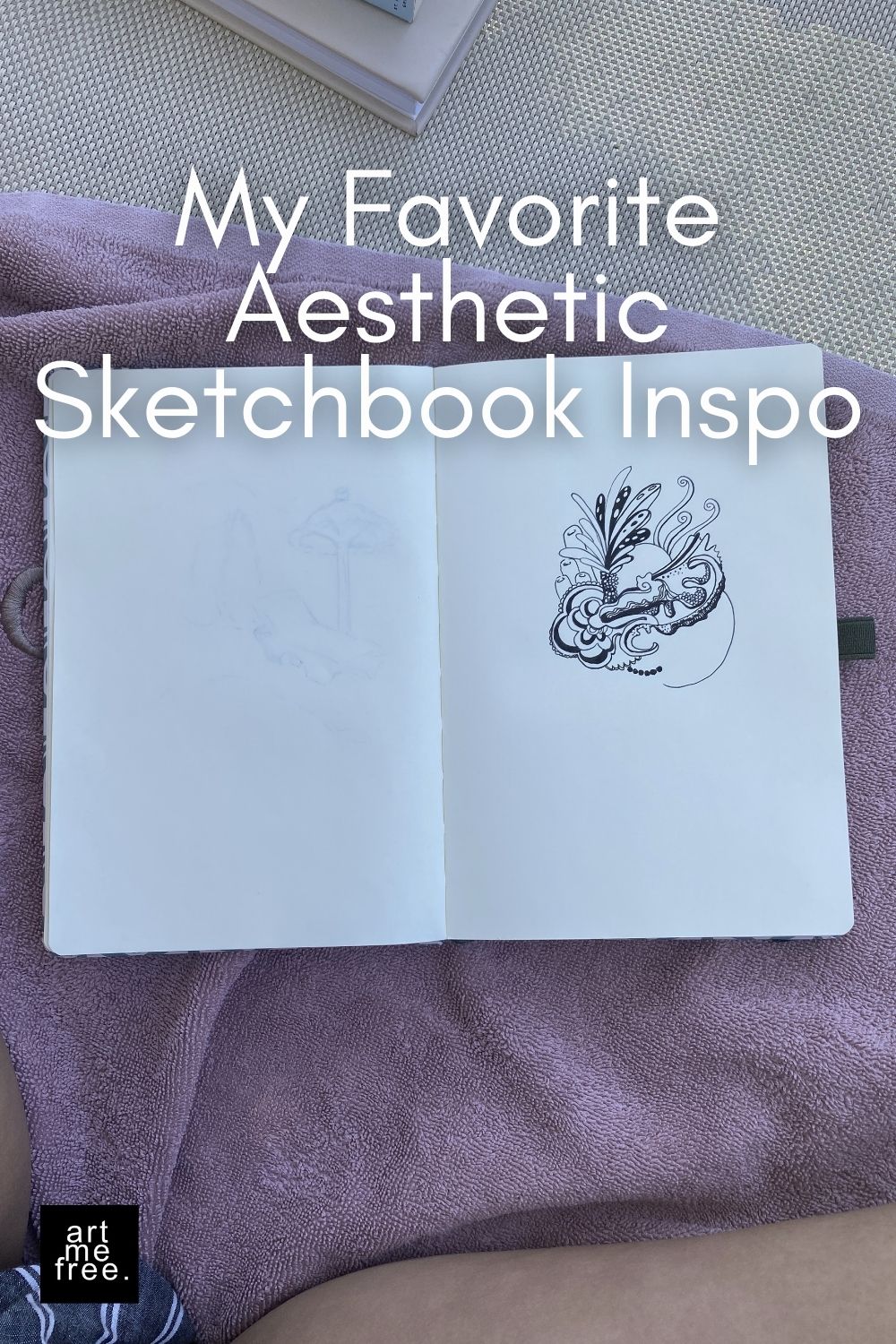
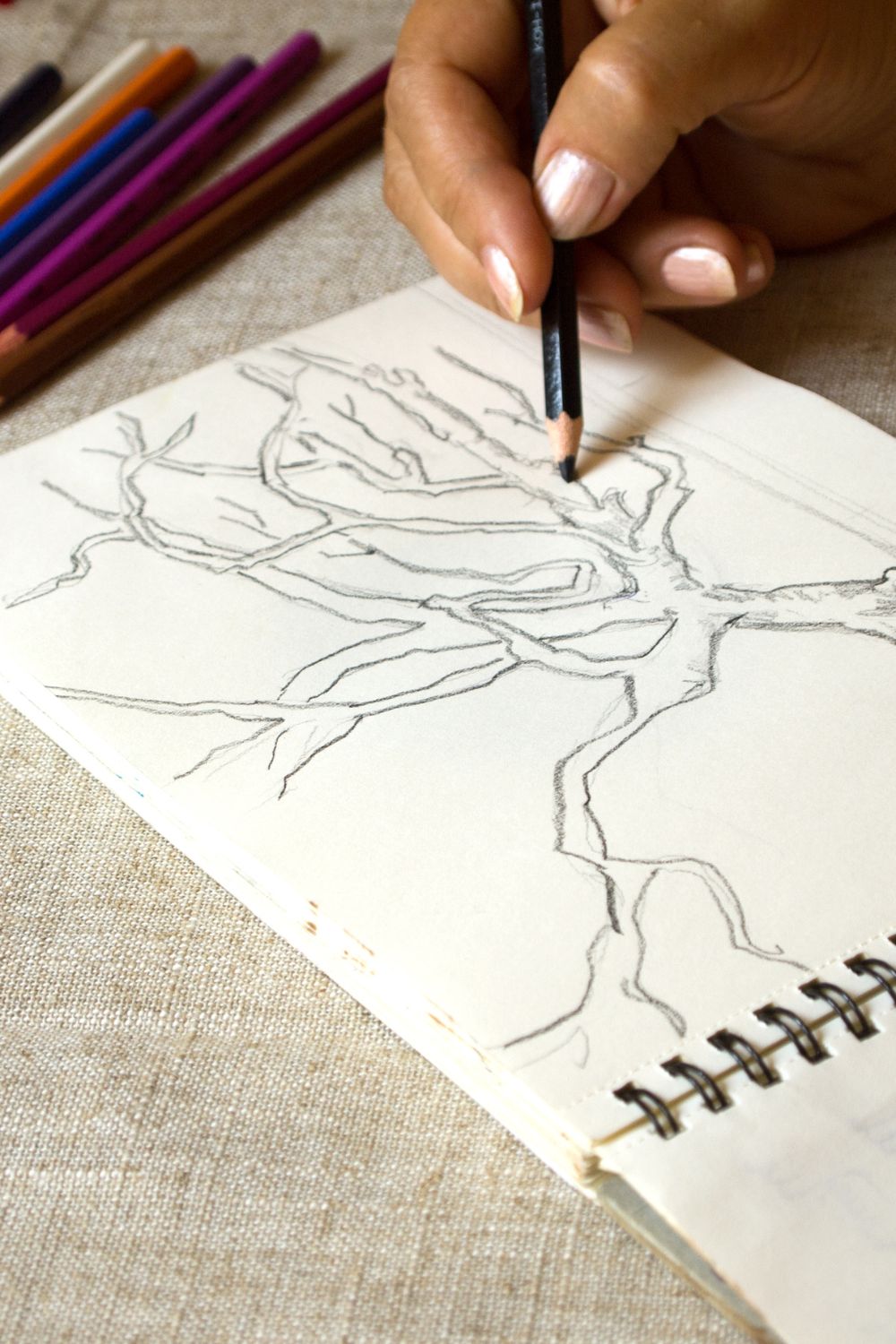
Sometimes all it takes to make a page stand out is a frame. Use hand-drawn borders, simple lines, or layered shapes to create space for a focal point.
Framed sections also help highlight quotes or individual drawings. They give your journal a tidy and intentional look without needing perfect composition.
Even if you’re only using black ink, you can still experiment with shading and depth. But if you’re open to a splash of color, try using just one or two tones per page.
Monochrome or two-color pages often feel more cohesive. Think soft earth tones, warm greys, or cool blues—whatever fits your mood.
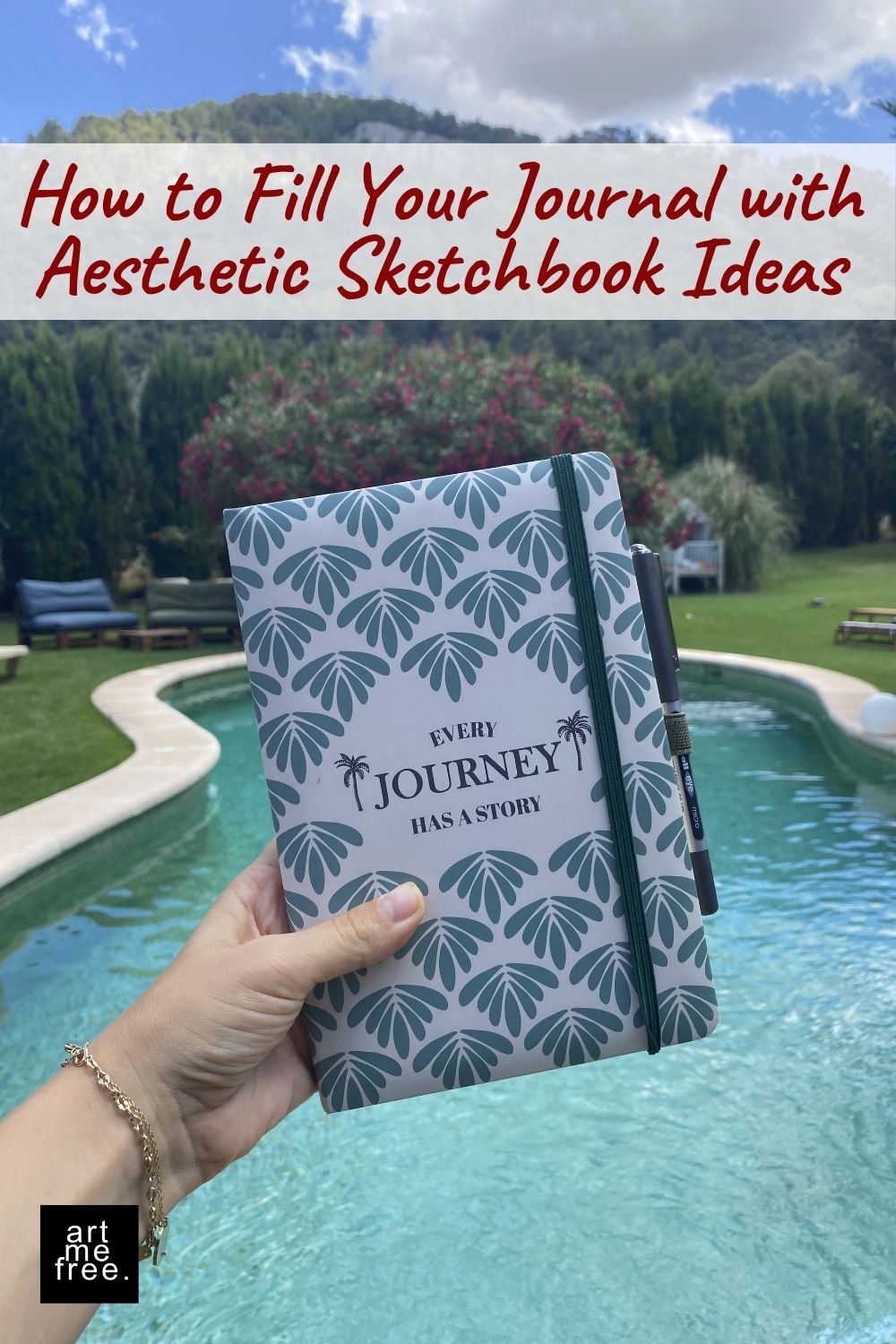
If you’re stuck or just curious how others make it work, browse through the artmefree gallery for aesthetic black and white sketchbook ideas. Every piece is created without a plan—just free-flowing creativity with black pens and a blank page.
The gallery shows how intuitive marks can turn into fully formed pieces with texture, movement, and personality. It’s a great place to spark fresh ideas for your own journal.
Filling your journal with aesthetic sketchbook ideas doesn’t have to be complicated. Focus on flow, texture, and small creative choices that bring you joy. These pages don’t need to be perfect—they just need to feel like your space.
Save this post for your next journaling session. And for more inspiration, explore the artmefree gallery or check out the artmefree shop for sketchbook-inspired art pieces.
To provide you with an optimal experience, we use technologies such as cookies to store and/or access device information. If you consent to these technologies, we may process data such as browsing behavior or unique IDs on this website. If you do not give or withdraw your consent, certain features and functions may be impaired.